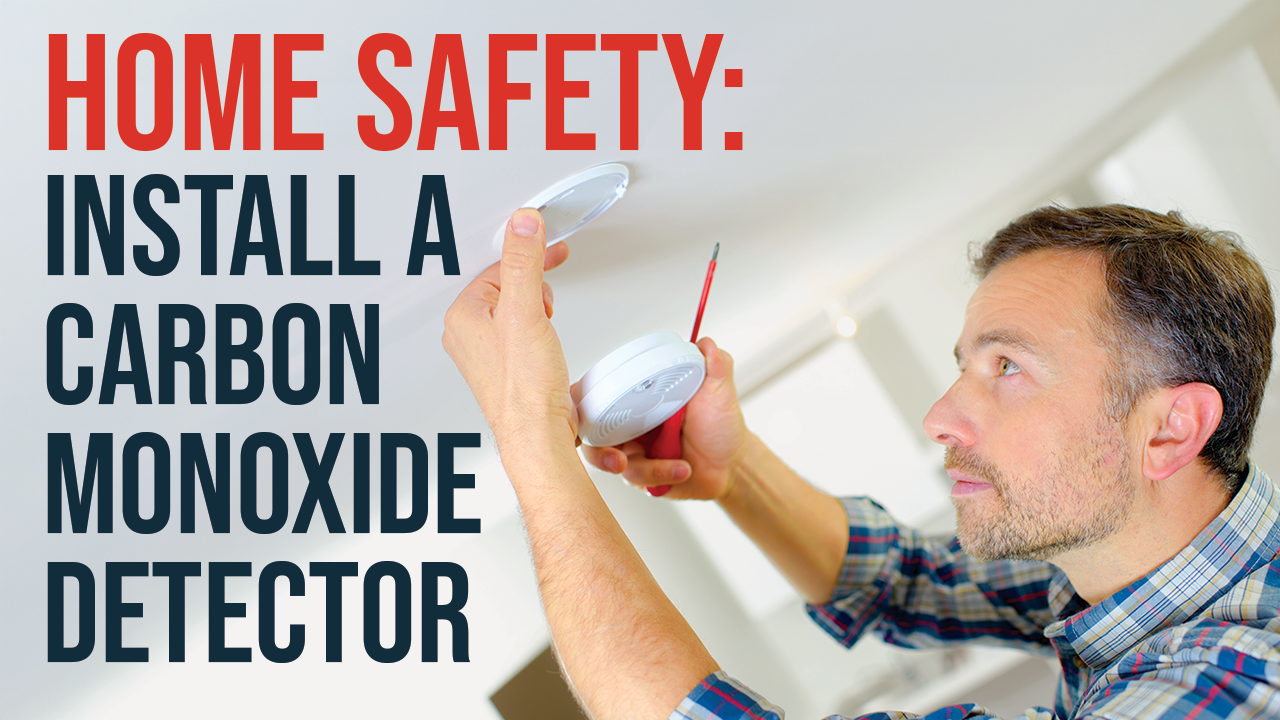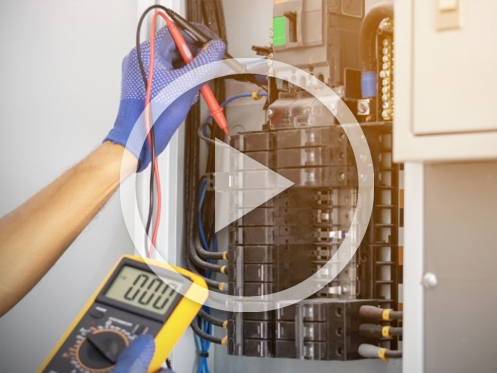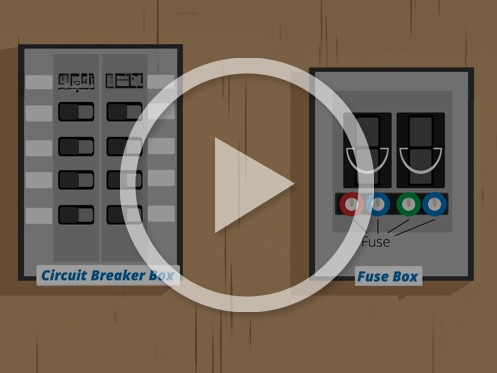It’s not uncommon for power to go out during a storm. There are several ways that this can happen. Power lines can get struck by flying debris, such as tree branches, which results in an outage. Another cause is trees that are heavy from soaking up excess water. They can fall over a power line and cause it to go down instantly. Whatever the case, your electrical devices and home appliances may be impacted without the proper protection.
Power lines act as conductors for electricity, so they’re commonly struck by lightning. In fact, any electrical equipment above ground can be impacted, including utility poles and transformers. Power surges result, which impact electronics and appliances. Most can handle a maximum load of 169 volts, but anything above that can result in damage.
Fortunately, there’s one line of defense against these surge attacks: surge protection. Let’s look at the key features of a strong surge protector and how they work.
What’s in a Surge Protector? Several Main Attributes
Different surge protectors work in unique ways, and each has special features. When shopping for a surge protector, be sure to look for one that has the following features.
Surge Handling Capacity
Find a surge protector that can handle common surges. Most can take on at least 330 volts and up to 4,000 volts. Lower coverage should be sufficient to combat the effects of power spikes during a storm. Anything more could defeat the purpose of the device.
If you want to figure out how many watts a surge protector can handle, you can use a simple formula to calculate the maximum load. Multiply the total amount of volts by the amps. For example, if you have a power strip with a surge protector with ten amps and a 120-volt circuit, it can handle up to 1200 watts.
Good Response Time
A good-quality surge protector should be able to act on impact during a storm, increasing the likelihood of protecting any devices in your home. A surge protector must stop electrical surges in their tracks by redirecting excess power from all devices. The average surge protector should respond to a surge in a nanosecond, which is adequate for protecting electronic devices during a surge.
Multiple Outlets
A surge protector should be well-suited to accommodate several devices at once. This provides coverage at one point of location without worrying about different surge protectors all over the home. Make sure there is enough coverage for everything you’re plugging in.
Energy-Efficient Features
Nothing reduces energy use better than an energy-efficient surge protector. Opt for one with an auto shut-off feature that turns off to prevent overconsumption. This should also help guard against sudden spikes during a storm.
What Does a Surge Protector Do?
Suitable surge protectors are invaluable during times of inclement weather. Their main job is to discourage power surges by absorbing and dispelling them immediately. This extends the life of your electronics and keeps them running for many years. It’s like having extra padding because they redirect excess voltage outside and into the ground.
Surge protectors offer added protection for computers that preserves data and prevents it from being lost during a storm. Known as data integrity, they keep your data from being lost during an unwanted surge. They also extend your computer’s and server’s life by preventing them from being burned during a sudden surge. Think of surge protectors as security for you and your devices because they bring you added peace of mind and let you know that you won’t need to invest in new and expensive computer equipment.
What to Look for in a Surge Protector
A strong surge protector must have three additional features: low clamping voltage, good energy absorption, and optimal noise filtration. The low clamping voltage feature should provide maximum protection not exceeding 330 volts. Anything over can weaken surge protection and lead to serious damage. Good energy absorption requires a minimum of 200-400 joules, but if you want better protection, find something that’s 600 joules or higher. The noise filtration part protects devices by suppressing harmful line noise.
Another good feature to look for is temperature tolerance, which guards against the impact of extreme climate changes within your home. Excessive heat or bitter cold won’t damage anything that uses electricity. Opt for something with greater temperature capacity because it can prevent electrical heat from ruining your appliances. An advanced circuitry feature adds greater protection against sudden surges caused by power restoration after a blackout.
Is a Surge Protector the Same as a Power Strip?
Surge protectors and power strips look similar in many ways. They have multiple outlets that can provide power for several appliances at once. Power strips that come with a specific joule rating can protect your appliances from the effects of a surge. The main difference is size and load. Surge protectors are much better at handling major appliances like TVs, refrigerators, and ACs. You can even use them for your computer.
A power strip may be a little cheaper, but it’s not guaranteed to protect your devices during a surge. In this case, it’s best to check the strip for a joule rating before you buy one. This feature provides security during a surge.
When Should You Replace Your Surge Protector?
It’s tempting to think that a surge protector will last forever, but nothing could be further from the truth. If anything, most surge protectors have a maximum life span of only two years. But here’s another fact: Did you know that the actual life span of a surge protector is measured in joules? The fewer number of joules, the shorter its life span. Each time it protects your home from a power surge, it takes a joule hit that can decrease its life span.
Even though they’re highly effective, it’s essential not to depend solely on surge protectors to keep your appliances and devices safe from power surges. The safest bet is to unplug them before a major storm. It’s the best way to keep everything safe, including your surge protector.
What’s especially tricky about these power surges is that it’s difficult to tell how many joules were absorbed. The key is getting a protector with warning lights that flash to let you know when it’s time to replace it.
At Golden Rule, we provide a variety of home electrical services. We install surge protectors, install generators, rewire, and perform electrical upgrades and repairs. We also offer electrical panel upgrades and inspect the wiring once it’s done. We offer other home repair services, such as heating, air conditioning, and plumbing. Call Golden Rule today to learn more!
Contact Us Today for Electrical Service!
If you found this post helpful, check out some other budget-saving tips:


If you’re a DIY homeowner who loves tackling home improvement projects, you’ve probably considered upgrading your smoke detectors before. And maybe you’ve been thinking about a combo... Read More

Hey there, Central Iowa homeowners! Have you ever wondered if your home’s electrical panel is pulling its weight? Picture this: you’re cozied up on your couch, enjoying... Read More

Hey there, homeowners! Have you ever peeked into your home’s electrical panel and wondered what all those switches and fuses are for? Well, fear not! Golden Rule... Read More